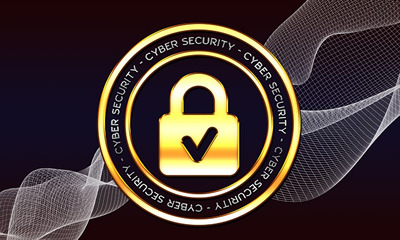Cyber Security and How to Prevent a Cyberattack
A cyberattack can happen to anyone, from individuals to small businesses and even government organizations. Unfortunately, just like in the real world, there are criminals online hoping to find a weakness and exploit it. That’s why online safety and cybersecurity must be taken seriously. You wouldn’t drive without a seatbelt—likewise, you shouldn’t run your business without protections against a cyberattack.
What Is a Cyberattack?
According to Wikipedia, a cyberattack is any offensive maneuver that targets computer systems, networks, or personal devices. Cybercriminals use these attacks to steal data, disrupt operations, or extort money.
The Most Common Types of Cyberattacks
Malware Attacks
Malware includes worms, spyware, ransomware, adware, and trojans. Attackers install harmful software to damage computers, steal personal information, or spread infections. The Cybersecurity & Infrastructure Security Agency (CISA) provides resources on preventing malware.
Phishing Attacks
Phishing is a common cyberattack method that tricks users into sharing sensitive information. The attacker sends fake emails that look legitimate to steal money, passwords, or account details. The Federal Trade Commission (FTC) offers practical guidance on recognizing phishing scams.
Password Attacks
Hackers crack weak passwords using brute force or keylogger tools. NIST outlines standards for creating secure passwords.
Ransomware
Ransomware encrypts your files and demands payment to restore access. The FBI warns against paying ransoms, as it does not guarantee file recovery.
Pharming
Pharming redirects users to fake websites designed to mimic real ones. Always double-check URLs before entering personal or financial information. The FTC also provides tips for spotting spoofed websites.
Injection Attacks
Hackers inject malicious code into vulnerable sites, often targeting database-driven websites like WordPress. OWASP explains SQL injection and prevention strategies.
Denial of Service (DDoS) Attacks
Attackers flood servers with fake traffic, overwhelming bandwidth and causing shutdowns. Cloudflare provides a helpful overview of DDoS attacks.
Man-in-the-Middle Attacks
A hacker intercepts communication between two parties, stealing or manipulating data. This is often done through a spoofed IP address. Kaspersky explains how MITM attacks work and how to prevent them.
How to Help Prevent a Cyberattack
-
Enable Multi-Factor Authentication (MFA): Use two-step verification for bank accounts and email. Microsoft highlights why MFA is critical.
-
Use Strong Passwords: Create unique, long, and complex passwords.
-
Keep Software Updated: Always update browsers, operating systems, and apps.
-
Install Security Tools: Use anti-virus software, malware detectors, and firewalls. Norton explains why regular updates matter.
-
Be Wary of Emails: Avoid clicking suspicious links or attachments.
-
Use a VPN: A virtual private network encrypts internet traffic. Google One VPN is one option.
-
Protect Mobile Devices: Only install apps from trusted sources and keep devices updated.
-
Backup Your Data: Keep multiple backups, including one off-site, to recover after an attack.
The Takeaway on Cyberattacks
The cost of cyberattacks is estimated in the trillions of dollars each year. While no system is 100% safe, taking proactive steps drastically reduces your risks. Protect your website, your devices, and your data by addressing cybersecurity today. For additional guidance, see the National Cybersecurity Alliance.
If you have any questions, please Get in Touch




